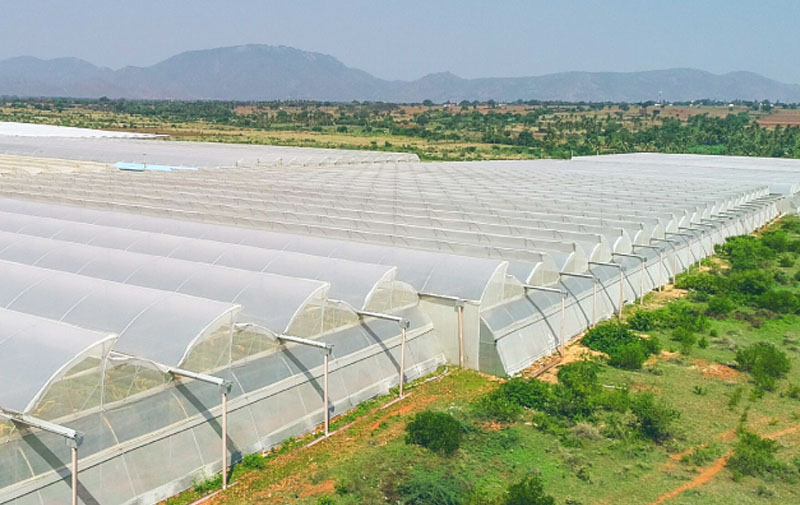Selecting the Right Cladding Material for Greenhouses

Greenhouse cladding is basically a term that is used for the purpose of describing the cover material of a greenhouse. The cover materials so used for covering a greenhouse can have a significant impact on the level as well as the quality of radiation that the crops are getting exposed to which ultimately effects the yield of the crops. The cladding materials are necessarily an important aspect of any greenhouse design. The greenhouse cladding is actually one of the most vital components of the growing environment that is inside. There are a number of materials that are used for the purpose of being used as the cladding materials for greenhouse. Now, at this point of time, it is of immense importance to select the right cladding material for greenhouses. So, here we have listed a few of the common materials used for greenhouse cladding.
Glass
Glass is the traditional material used for the purpose of greenhouse cladding. Only one layer of glass which is about 3mm thick has an insulation of about 0.95 insulation (R) value. As compared with plastic in this regard, glass is more fragile and breaks much more easily. Glass cladding is just perfect for the areas that have humid or tropical climates. This is because of its low insulation values.
Polycarbonate
Polycarbonate cladding is certainly the next best thing after glass cladding. It is easily able to withstand some hail and with its flexibility, it can be very easily designed for the purpose of fitting almost all greenhouse structures. Moreover, polycarbonate has a higher light transmittance and it lasts three times longer as compared to a PE film but it is costly. Polycarbonate sheets are readily available in different forms as well as lengths which makes sure that they find the right application.
Polyethene Films
The polyethene films are very commonly used by the commercial growers because of the fact that the material is quite durable in nature, less costly and most importantly does not need a lot of maintenance. This is just ideally suitable for climatic conditions that is regulated and that too for a long gardening season.
Fibreglass Reinforced Polyester or FRP
Fibreglass reinforced polyester panels are quite costly and are not commonly used any more. As compared to the polyethene and polycarbonate cladding materials, these do not have high light transmittance and is also reduced with the passage of time due to the ultra violet radiation. Fibreglass reinforced polyester is much more ridged as compared to polyethene or polycarbonate and is also more prone to damage at the time when there is a hail storm.
Polyvinyl Chloride or PVC Film
The polyvinyl chloride films have a quite high emissivity for long waves. This is exactly the reason as to why they are perfectly suited in the areas where the temperature is quite low during the night. Polyvinyl chloride film is very costly as compared to the polyethene films and is not used as much as the polyethene films. Polyvinyl chloride films have a tendency to accumulate dust at time when there are dry periods which has to be properly washed off so as to make sure that there is high transmittance of quality light.
Why Green Pro?
GreenPro manufactures the premium quality greenhouse cladding material so that each of the users are hundred percent satisfied without getting even a single chance of complaining. Green Pro manufactures greenhouse cladding of all materials which can be necessarily chosen as per the requirements of the users. So, for any sorts of requirements of greenhouse cladding, do not look any further and come to GreenPro for the best products.
*The blog is the personal opinion of the author.
